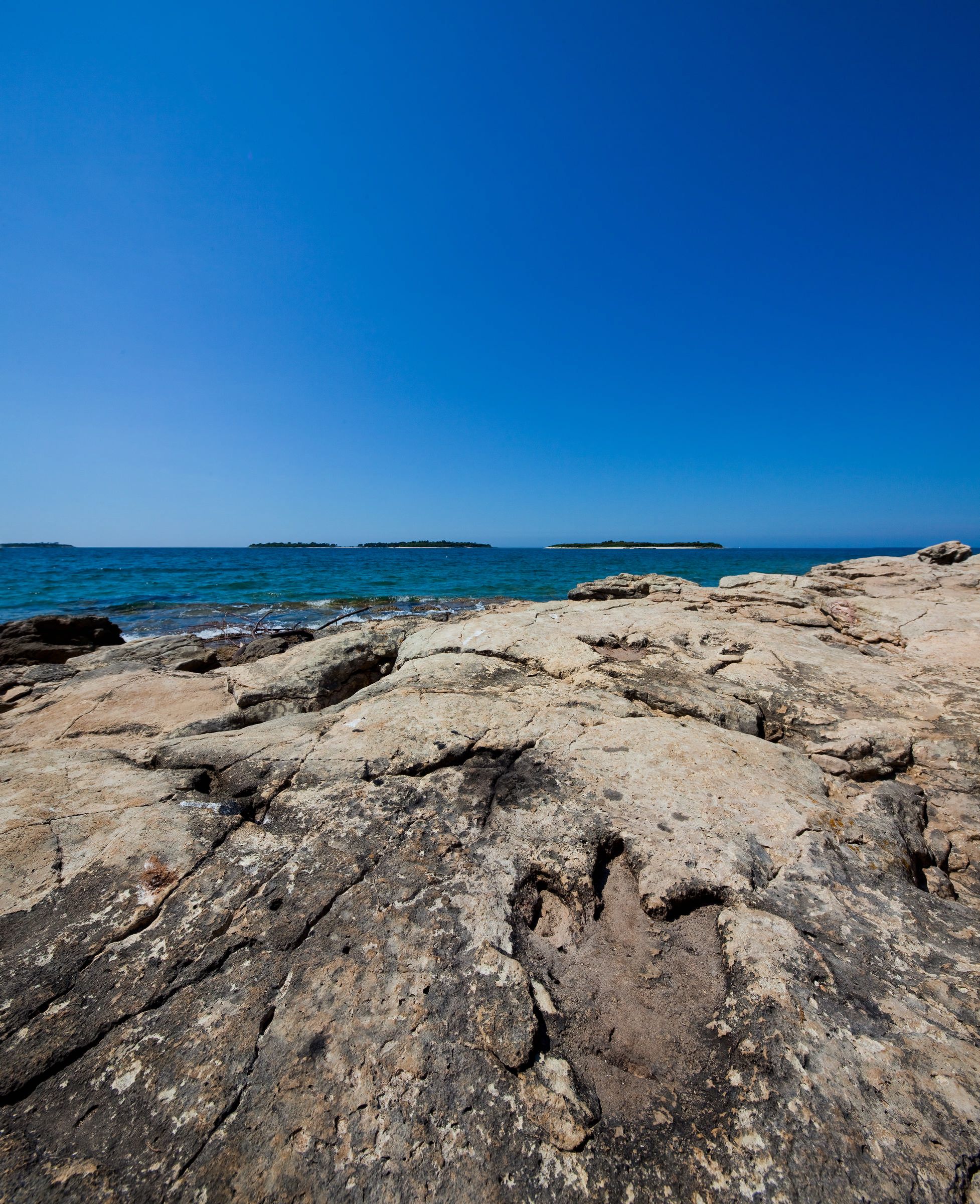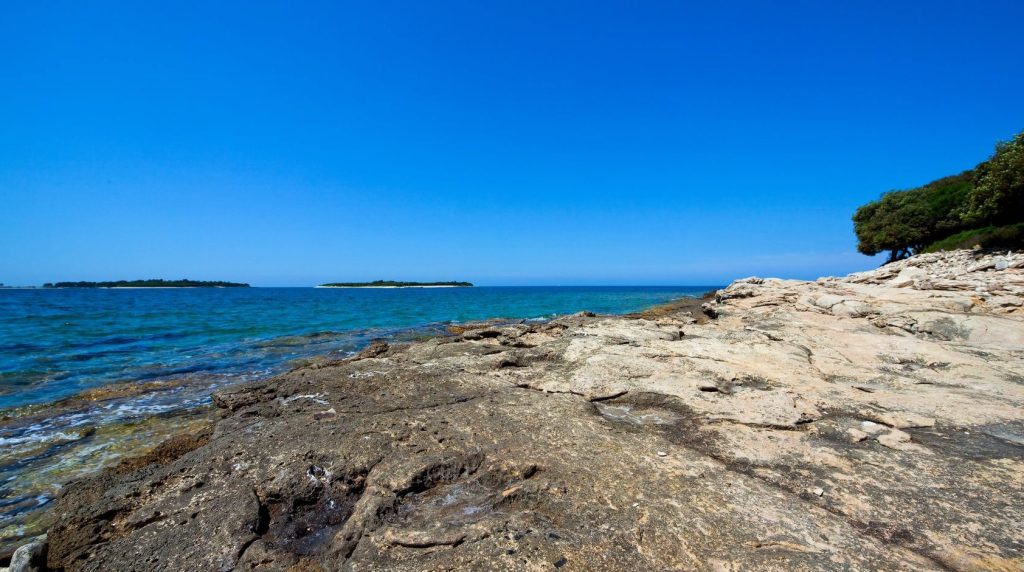As Glas Istre reports, the decision to declare dinosaurs and their locations as protected parts of nature were published in the Official Gazette on April 15 and comes into force eight days after its publication, on April 24.
With this proclamation, dinosaur fossils became the first protected fossil in Croatia, significant for their rarity, size, appearance, educational, and scientific significance. Each newly discovered dinosaur fossil and its location will be declared a protected part of nature under the Nature Protection Act.
Brijuni – the first location
The first find in Croatia’s territory originates from Brijuni, dating from 1925 when A. Bachofen – Echt spotted traces of dinosaurs on Cape Ploče on Veliki Brijun. Another location in Croatia was also discovered on Veliki Brijun in 1965 on Cape Barban. Today, there is a Dinosaur Park available to the public and a sculpture of theropod dinosaur.
The third site is at Plješivac/Kamik, where fossils were discovered in 1987, and the fourth is at Trstike/Debela Glava, with a site from 2001.
More than 200 dinosaur footprints were found at four sites in Veliki Brijun, which inhabited the area of the future Brijuni Islands in the Mesozoic period. Within this broad period, the Brijuni dinosaur can be placed in the Cretaceous period (145 to 65 million years ago).

Dinosaur footprints on Brijuni / Copyright Romulić and Stojčić
Croatia’s territory is part of the paleogeographic unit of the Adriatic-Dinaric carbonate platform. During the Jurassic and Cretaceous periods, sedimentation occurred on the carbonate platform, i.e., ecological conditions enabled the survival and development of dinosaurs.
Poor preservation
The dinosaur populations that inhabited these areas are specific in the morphology and dimensions of the fossil footprints and bones, which differ from the simultaneous findings from other parts of the world. Footprints suggest the presence of sauropod, theropod, and ornithopod dinosaurs.
Fossil footprints and bones have been preserved in Mesozoic limestone deposits. The oldest footprint finds date from the Upper Jurassic period and the youngest from the Upper Cretaceous. A total of 23 sites of dinosaur footprints have been discovered and investigated in Croatia, as well as one site with discovered petrified bones.
Finding dinosaur fossils in Croatia is possible, but the preservation of such finds is small. Therefore, all the findings found so far, but also possibly newly discovered dinosaur fossil finds, have a significant educational and scientific value. These remains are the only witnesses to dinosaurs’ lives that can be used in the interpretation and education, and popularization of geo-heritage.
To read more news from Croatia, follow our dedicated page.










